Hops Plant Diseases: Treating Diseases Affecting Hops Plants In Gardens
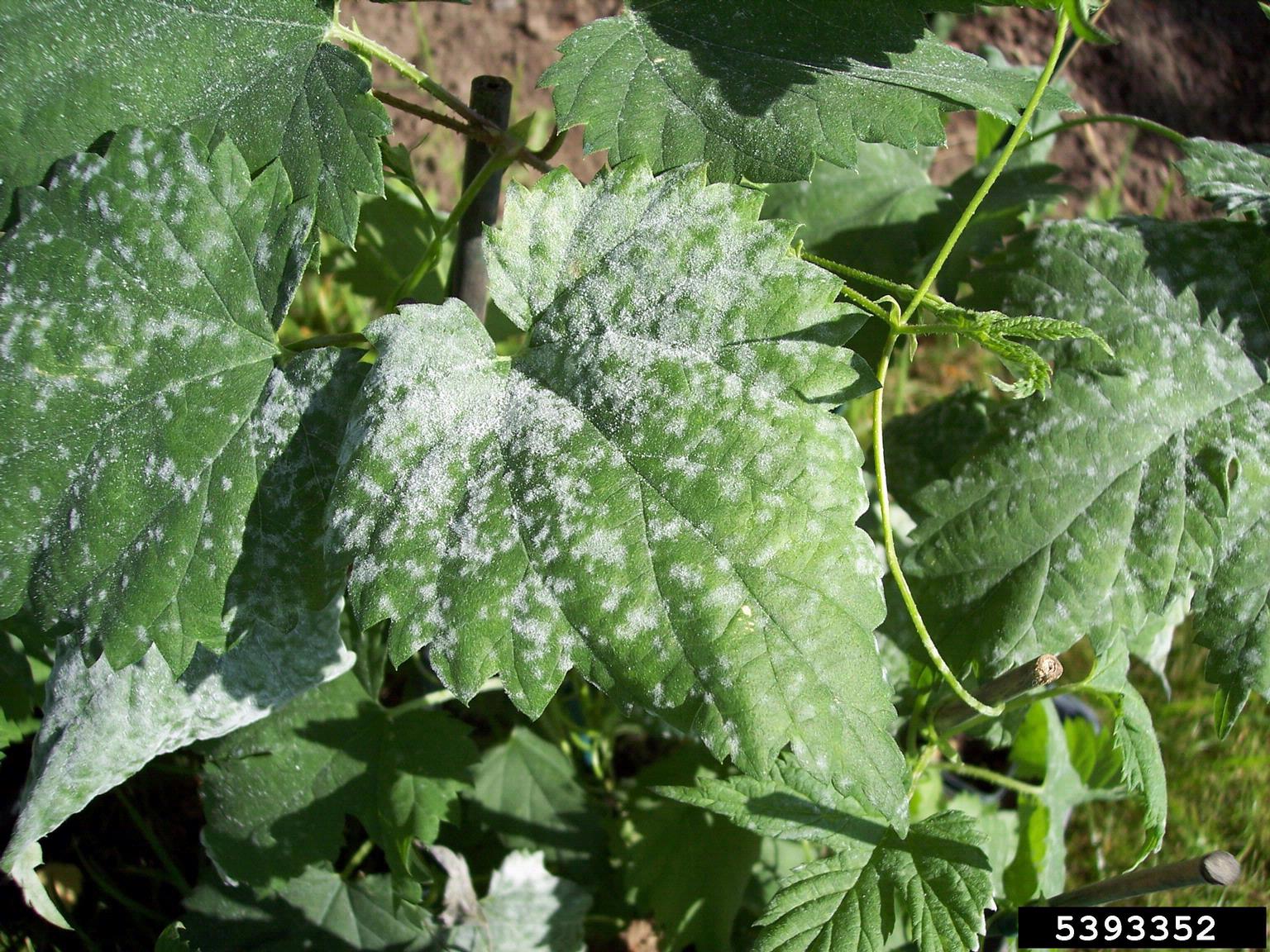
So, you’re growing hops for the first time and things are going swimmingly. The hops are voracious growers and vigorous in appearance. It seems you have a knack for this! Until one day, you go to inspect your pride and joy, and, alas, something is amiss. Perhaps the hops are wilted or covered in powdery mildew. As prolific as hops can be, the plant may still be afflicted with hops plant diseases. For a fruitful crop, it’s important to learn about diseases affecting hops in order to treat hops plant problems ASAP.
Diseases of Hops Plant
Poorly drained soil can lead to fungal diseases affecting hops.
- Black root rot – One such disease of hops plants is called Black root rot or Phytophthora citricola. This fungal disease causes water lesions on the roots of the plants, blackened or yellow leaves, and wilting stems. This hops plant disease is easily mistaken for Verticillium wilt or Fusarium canker.
- Fusarium canker – Fusarium canker, or Con tip blight, forms cankers at the base of the bine accompanied by the sudden wilting of the bines when flowering or when temperatures soar. The leaves at the cone tips become brown and the interior of the hop cone browns and die.
- Verticillium wilt – Verticillium wilt causes yellowing of the leaf tissue along with swollen bines whose interior tissue becomes discolored. Verticillium wilt is most prevalent in nitrogen-rich soils.
- Downy mildew – Downy mildew (Pseudoperonospora humuli) causes stunted, brittle shoots. The hop flowers brown and curl and the underside of leaves become mottled with brown lesions and a yellow halo. The plant damage will look much akin to that caused by an early frost.
- Gray mold – Gray mold fungus, or Botrytis cinerea, creates cone tip lesions that turn from tan in color to dark brown. This discoloration may spread from the cone tips to the entirety of the cone, becoming a gray fuzzy mold. Gray mold fungus thrives in high temperatures combined with high humidity and does not present itself in dry weather conditions.
- Powdery mildew – Powdery mildew (Podosphaera macularis), as its name suggests, causes white powdery fungus to develop. The symptoms first manifest as pale green to yellow spots on the top of the leaves along with white blotches on the stems and cones. Shoot growth is slow and the shoots also become covered with the white mildew. This disease thrives with high wind conditions and little sunlight.
- Crown rot – Red crown rot fungus, or Phomopsis tuberivora, is a red to orange discoloration on the interior tissues of the plant. This hops plant disease results in uneven root growth, yellow leaves, and climbing stems lacking in lateral branching.
- White mold – White mold, or Sclerotinia wilt, leaves water-soaked lesions on the stem below the soil line. Leaves yellow and gray lesions appear out of the water-soaked lesions while a white fungus appears on the diseased tissues. This disease thrives in conditions of poor air circulation and when it is wet and cool.
- Sooty mold – Sooty mold causes a flat, black layer of mold on the leaves and cones, resulting in wilting bines, leaf death, and reduced cone quality. This mold grows on the sticky honeydew left behind by aphid infestations. Aphids feed on the underside of hop leaves, leaving this sugary honeydew in their wake which in turn promotes fungal growth. Treating this hops plant problem means tackling the aphids with insecticidal soap.
- Mosaic virus – Another aphid-borne disease is a mosaic virus or hop mosaic virus, one of the most detrimental hops plant diseases. This disease causes yellow and green leaf mottling between the leaf veins and overall stunted growth.
Treating hops plant problems that are fungal in nature requires the use of a fungicide. Also, to thwart mildew, keep the lower portions of the hop garden weeded and pruned back to allow light and air to penetrate. Using drip irrigation can be helpful since many fungal diseases are fostered by wet conditions on leaves and bines.
Gardening tips, videos, info and more delivered right to your inbox!
Sign up for the Gardening Know How newsletter today and receive a free copy of our e-book "How to Grow Delicious Tomatoes".

Amy Grant has been gardening for 30 years and writing for 15. A professional chef and caterer, Amy's area of expertise is culinary gardening.
-
 Looking For Plants To Give You The Soft And Fuzzies? Try These 5 Fuzzy Leaf Plant Options
Looking For Plants To Give You The Soft And Fuzzies? Try These 5 Fuzzy Leaf Plant OptionsLovers of texture, drama, silver foliage and tactile plants will adore these special sensory garden additions. These fuzzy leaf plant options will leave you all aglow
By Susan Albert
-
 Get Ready For A Summer Of Hummers! Grow These Full Sun Hummingbird Plants and Flowers
Get Ready For A Summer Of Hummers! Grow These Full Sun Hummingbird Plants and FlowersIf you’re lucky enough to enjoy a sunny backyard, make sure you are maxing out on your pollinator opportunities and grow these full sun hummingbird plants and flowers
By Tonya Barnett
-
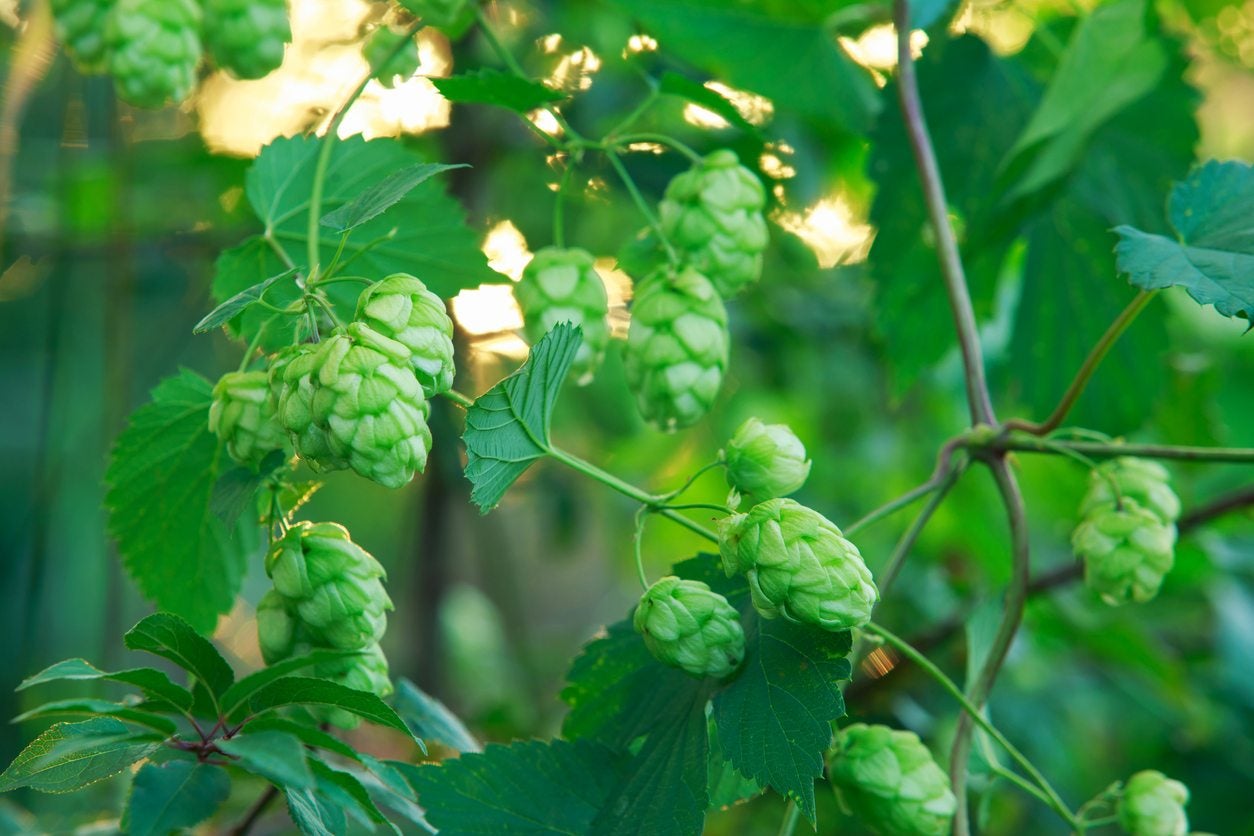 Hops Plant Pruning: When And How To Prune A Hops Plant
Hops Plant Pruning: When And How To Prune A Hops PlantIf you're a home brewer, there's nothing more satisfying than growing your own hops. But hops are long, fast growing vines that require some strategic pruning to get the most out of them. Learn more about how to prune a hops plant in this article.
By Liz Baessler
-
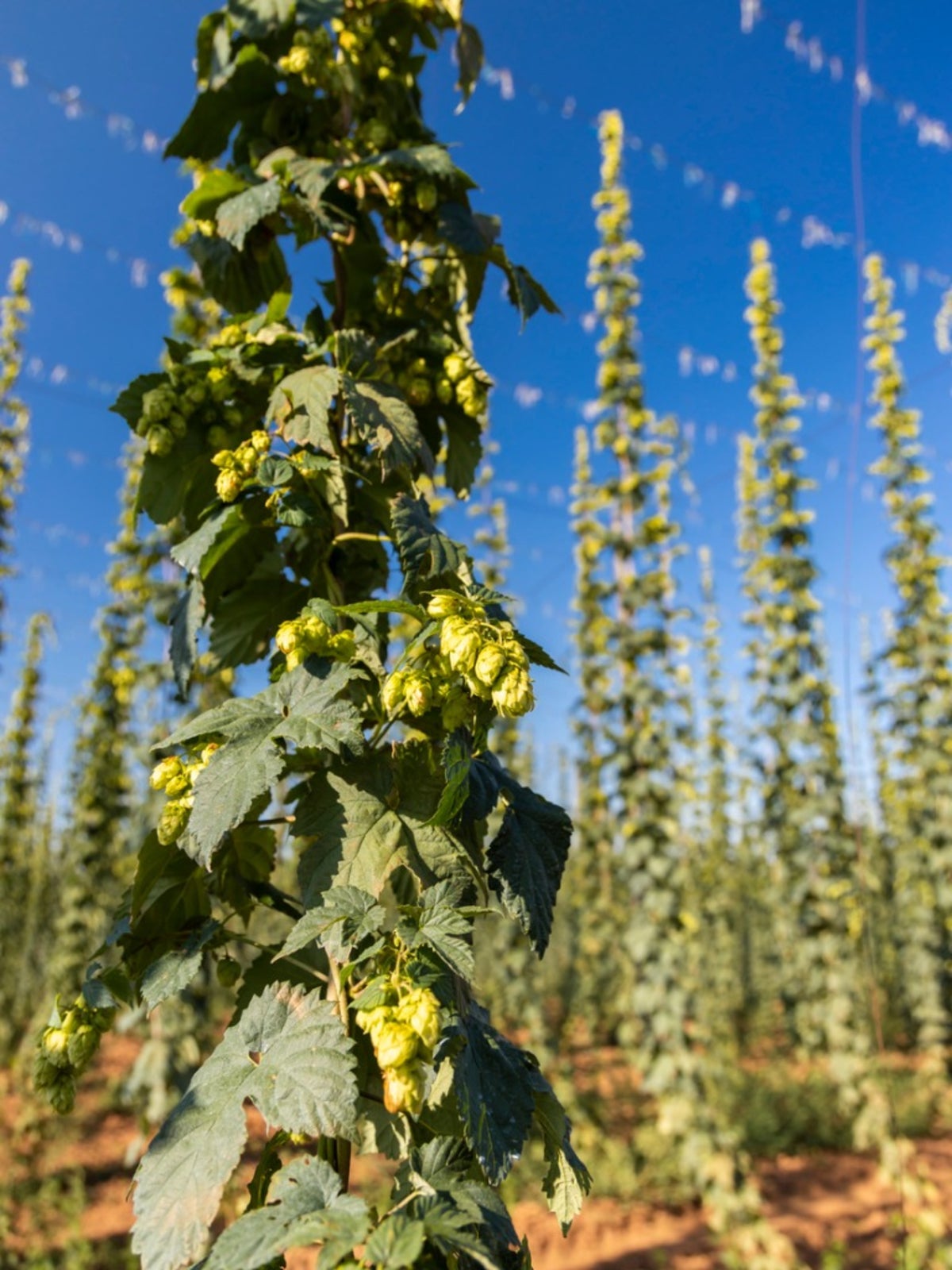 Hops Companion Plants: Learn What To Plant With Hops In Gardens
Hops Companion Plants: Learn What To Plant With Hops In GardensCompanion planting with hops can enhance crop growth and provide a decoy for pesky critters. That said, hop vines are aggressive growers so companion plants need to be considered carefully. This article can help with that.
By Bonnie L. Grant
-
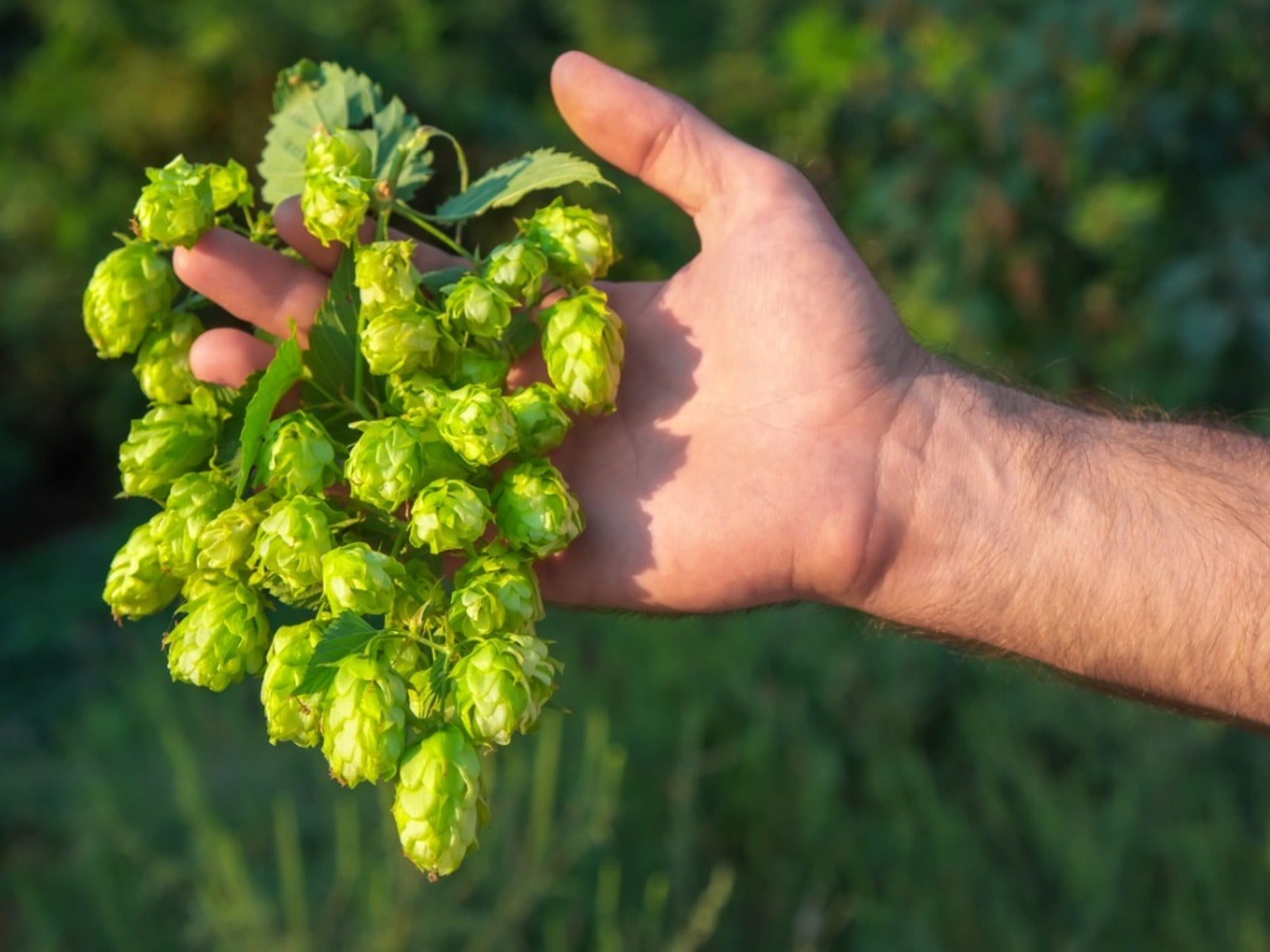 Harvesting Hops Plants: When Is Hops Harvest Season
Harvesting Hops Plants: When Is Hops Harvest SeasonAre you a home brewer? If you have some extra space in your garden, consider growing your own hops to make your beer even more personal.
By Liz Baessler
-
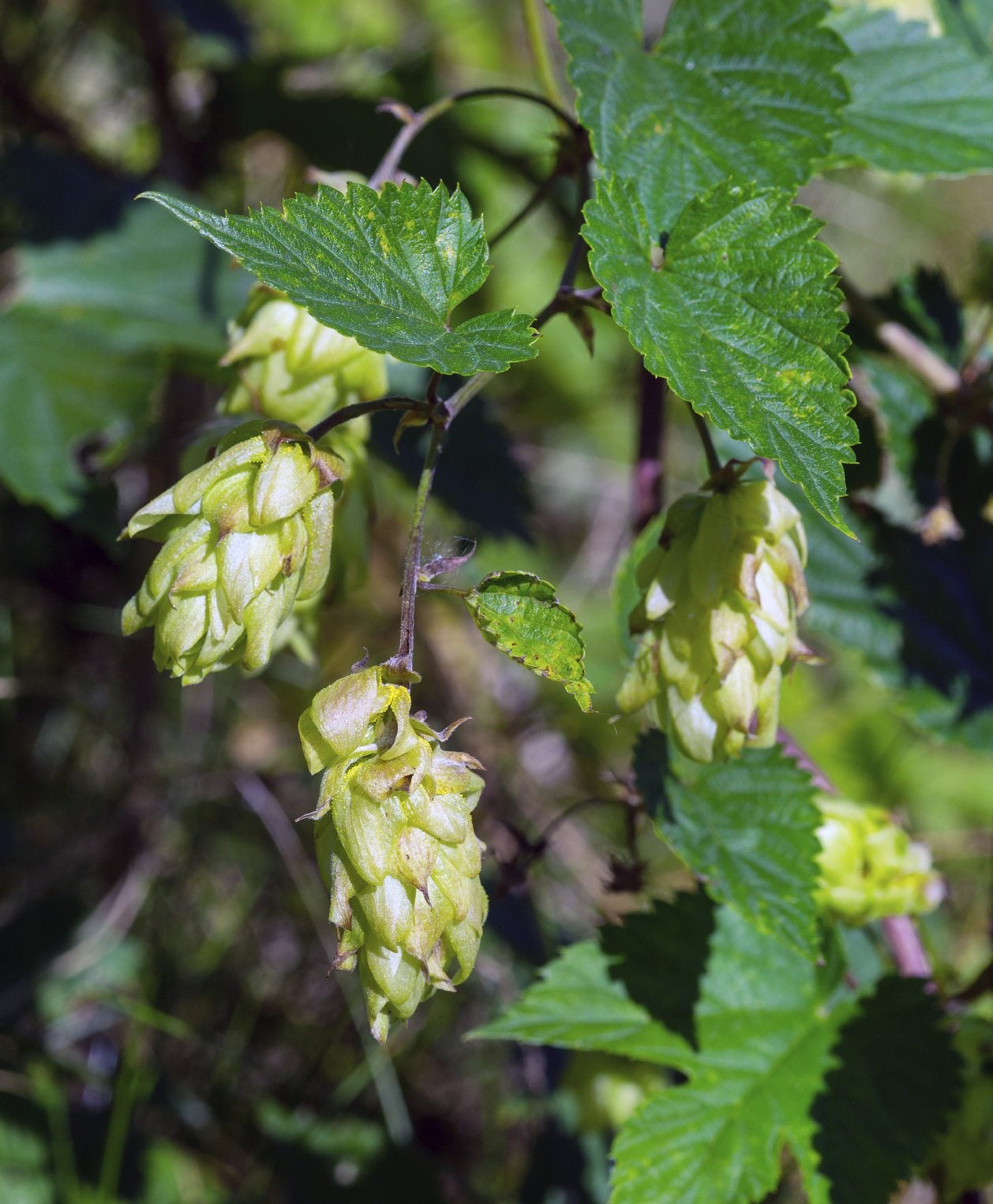 Hops Plant Fertilizer: How And When To Feed Hops Plants
Hops Plant Fertilizer: How And When To Feed Hops PlantsHops can grow up to a whopping 30 feet (9 m.) in a year! To attain this amazing size, it isn't any wonder that they like to be fed every so often. What are hops fertilizer requirements? The following article contains a sort of hops fertilizer guide to help.
By Amy Grant
-
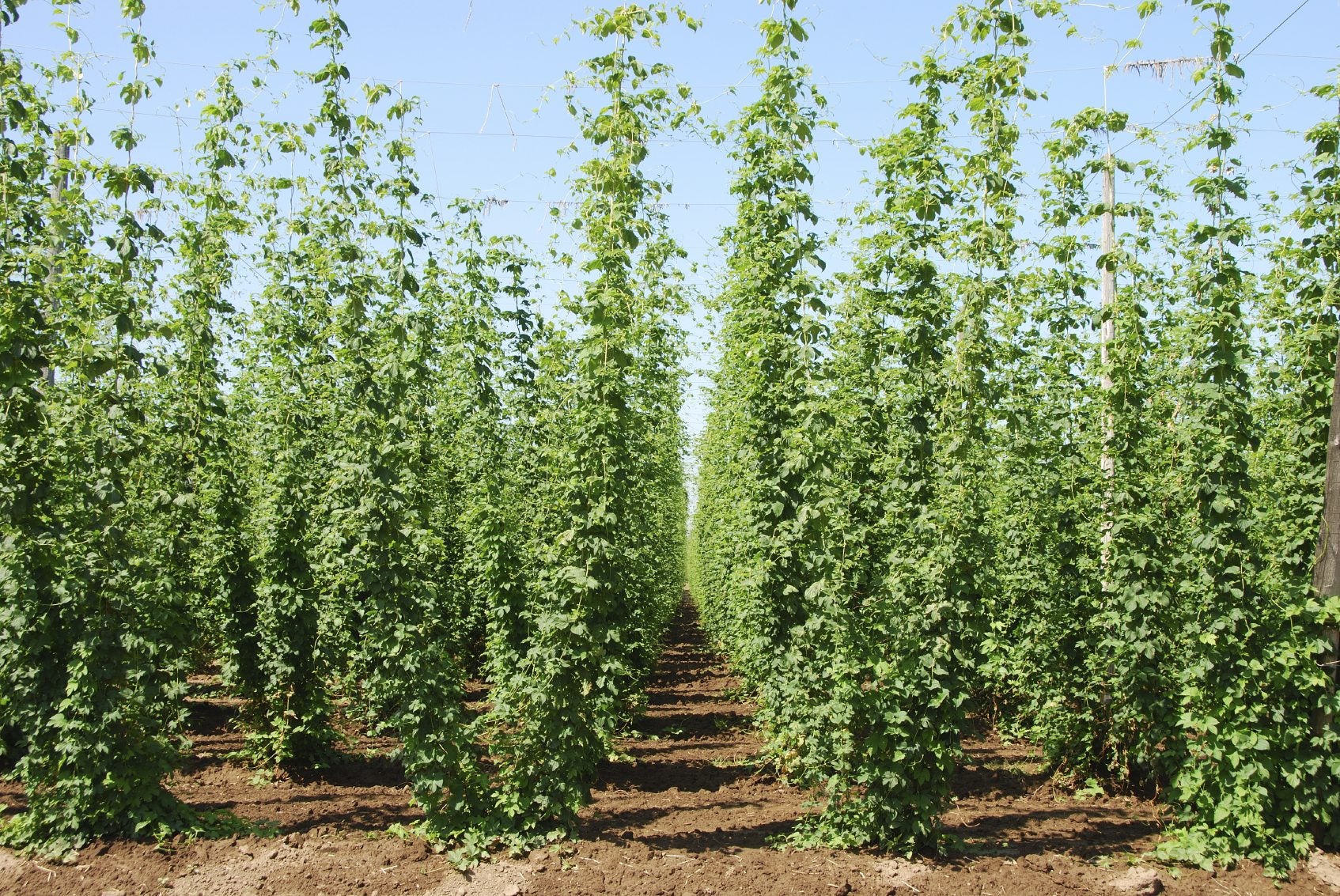 Hops Spacing Requirements – Tips On Plant Spacing For Hops
Hops Spacing Requirements – Tips On Plant Spacing For HopsMost people know that hops are used to make beer, but did you know that the hop plant is a fast-climbing vine? If you decide to grow hops, give a thought to hops plant spacing. This article has more information on spacing requirements for hops.
By Teo Spengler
-
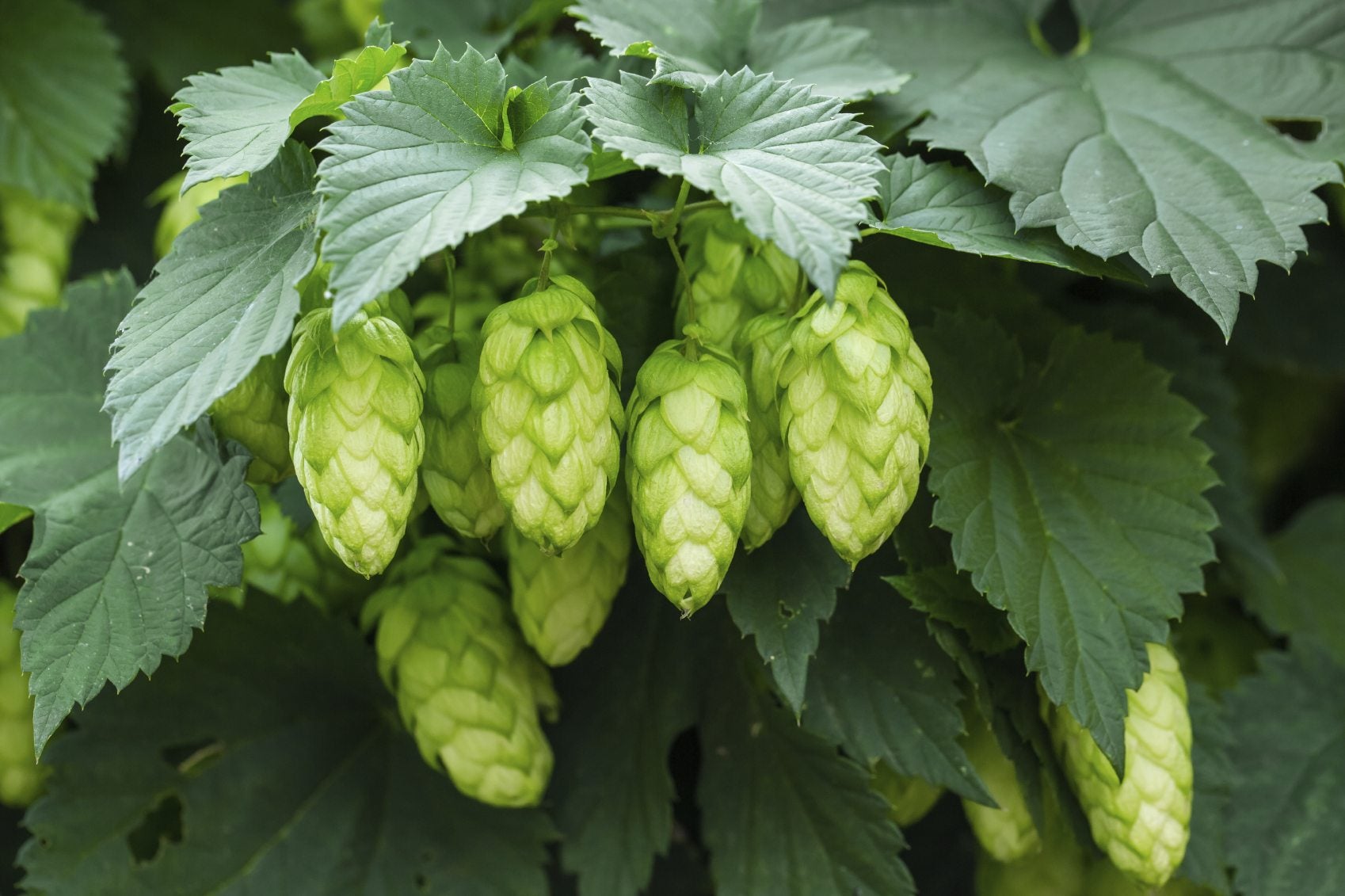 Reasons For No Cones On Hops: How To Get Cones On Hops Plants
Reasons For No Cones On Hops: How To Get Cones On Hops PlantsHops with no cones may be due to the time of the year, cultivation practices, or the age of the vines. Professional growers know how to get cones on hops plants and you can too with a little advice and some tips from the trade. This article will help.
By Bonnie L. Grant
-
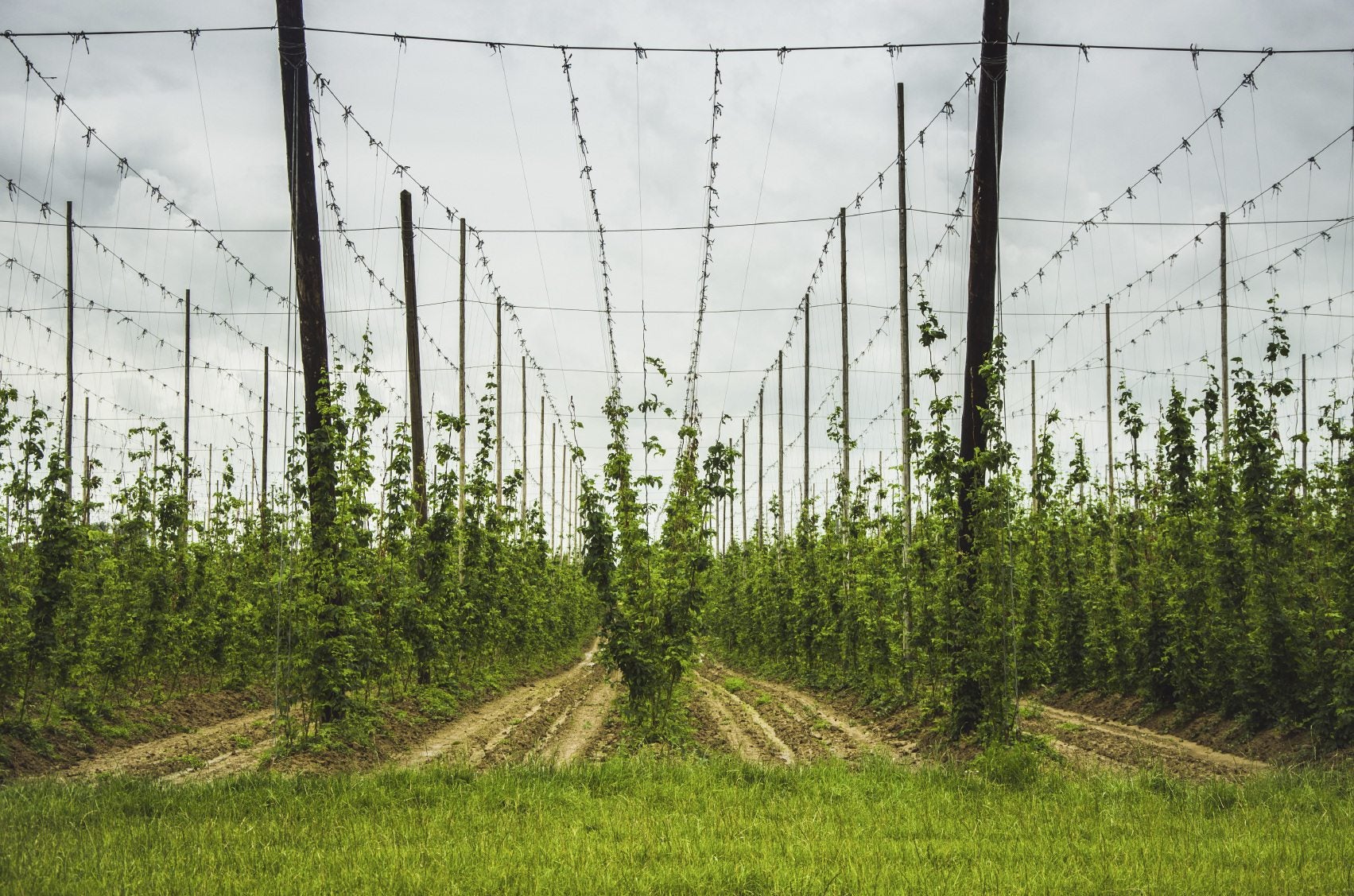 Support For Hops Vines: Learn About Hops Plant Support
Support For Hops Vines: Learn About Hops Plant SupportHops can grow up to 12 inches (30.5 cm.) a day. These rampant climbers need a sturdy trellis of appropriate height to accommodate their size. The following article contains information on the best support for hops plants and building a trellis for hops.
By Amy Grant
-
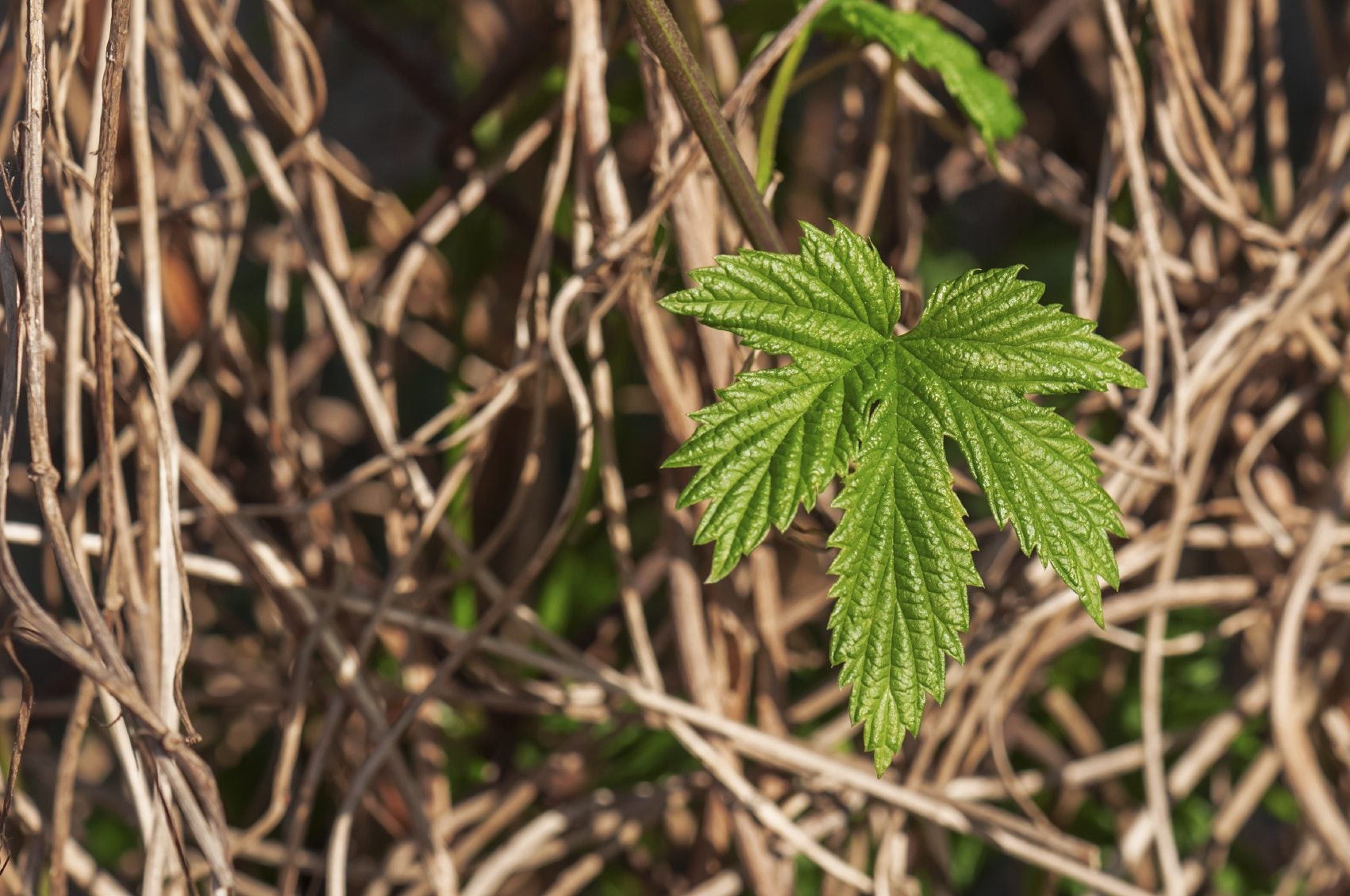 Propagating Hops Plants: Planting Hops From Clippings And Rhizomes
Propagating Hops Plants: Planting Hops From Clippings And RhizomesHops plant propagation is primarily from root cuttings. Planting hops from clippings will result in identical clones to the parent hop plant. Here are some surefire tips on how to propagate hops plant for beautiful vines and copious cones.
By Bonnie L. Grant